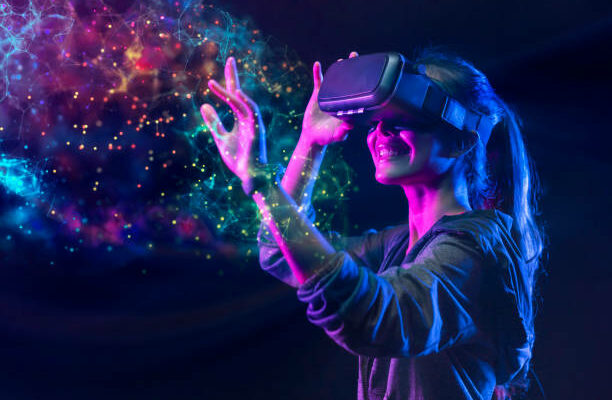When comparing 3D rendering with VR, it is essential to understand the differences between the two. VR is a unique experience and requires much more computing power than traditional 2D computer graphics. It is due to the real-time interaction and data inter-exchange involved. It also demands incredibly realistic 3D models. VR is not for the faint of heart. Nevertheless, it does have its advantages. This article will discuss the main differences between 3D rendering and VR.
3D rendering
First, the three-dimensional nature of VR allows it to provide a more immersive experience to viewers. This type of technology has several uses in marketing and advertising. For example, it can help launch a new product line or redesign an existing one. You can also use the process to design a prototype of a product. Alternatively, you can hire a professional photographer to take a photo shoot and then use a 3D rendering service to provide a virtual prototype. However, this process can be expensive. Further, you will need to go through the process again if you make changes to your product.
Moreover, 3D renderings can be used for educational purposes. In hospitals, for instance, doctors can use 3D animations to explain conditions and procedures. This way, they can better educate their staff. It can result in a safer and more attractive healthcare centre. Additionally, many housebuilders use virtual tours to sell off-plan properties.
3D visualisation
VR and 3D rendering are different concepts but share the same basic premise: both give you the impression of being in the world of the image and allow you to interact with it. 3D rendering can be helpful in a variety of industries. It allows for realistic rendering of objects and allows the graphics to express depth and shape. It can help engineers see their work in a new way. A 3D movie is only one view of an object, but VR allows users to look under or around objects and experience a new level of reality.
Virtual reality can be used with 3D visualisation to let clients experience a design without actually being in the space. It is also helpful for architects and designers, who can use this technology to interact with their projects. It can help them see potential problems and make changes before they are built, which is especially valuable in the construction industry.
3D modelling
3D rendering is a technique used to generate high-quality images with a three-dimensional effect. It enables users to view objects from any angle and move around freely within an area. Its advantages include improved quality, reduced costs, and faster prototyping. It also allows for more detailed images and models.
3D visualisation is a multi-step process that enables designers to create a detailed representation of an object in the view in a three-dimensional plane with depth (z-plane). The graphic designer then positions the 3D model in the scene and adds appropriate textures and lights. Camera positions are also determined, and effects are adjusted to create a more realistic image. The final critical step in 3D rendering is the final rendering. This type of content creates a more immersive experience for users.
Applications of 3D rendering
3D rendering is an advanced technique that combines various processes to generate a realistic image. The resolution of the image depends on the number of pixels used. Higher resolutions create sharper and more realistic images. Some methods of rendering 3D models are scanline rendering, which scans objects row by row, and shading, which computes colours from a specified viewpoint.
3D content creation has become much simpler with the development of VR technologies. With the help of artificial intelligence (AI), computers can now act as virtual assistants, automating more complex processes, such as skinning and rigging. VR is already revolutionising the world of entertainment.
3D rendering in 3D Walkabout can make virtual environments more realistic. The process is simple and easy to learn. The main techniques involved in this process are modelling, mesh editing, and smoothing. These processes make 3D models easier to manipulate and maintain good visual effects. They are also essential in real-time VR interaction.
3D commercial rendering
The use of 3D commercial rendering services is not limited to VR headsets. Designers can use this technology for product prototypes, advertising, and website images. 3D renders mimic the appearance of real objects. The process differs depending on the artist working on the project. The 3D CAD software used in the process helps in accuracy.
3D commercial rendering is a way to review a design before it is built. This method allows designers and clients to see their ideas more realistically. In addition to providing an immersive experience, it also allows for better communication. 3D rendering can help a designer and client communicate more effectively when done properly.
3D rendering services provide a realistic virtual tour of a home. A prospective buyer can walk through the building and visualise its surroundings using these services. It makes it easier to choose the right style, furniture, and decor for the space. It also increases the chances of a sale.
3D visualisation can help create a product’s original light, shadow, colour, and texture. In addition, it allows for various camera angles that will enhance the product’s overall look.


Comments